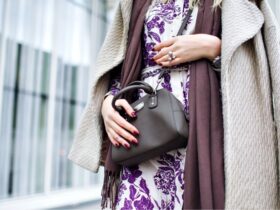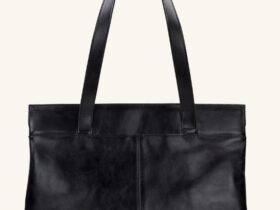Tips To Create An Eco-Friendly Wardrobe

When you’re trying to live a more eco-friendly lifestyle, you might think of using group transportation like a bus or limo service for special events. While traveling in this manner is up to 10 times less harmful to the environment than driving a normal car, there’s more you can do to cultivate an eco-friendly wardrobe and lifestyle. And it starts in your closet.
If you’re interested in learning how to create a more eco-friendly wardrobe, here are a few style tips to get you started.
Get in the Practice of Donating Clothes
Spring cleaning might only happen once a year, but that doesn’t mean you shouldn’t be cleaning out your wardrobe periodically. And if you want to be more eco-friendly about it, there’s good news! You really only have to make a few small changes. Namely, donating your old clothes instead of throwing them away. Whether you’re clearing out items because they’re no longer in style, they no longer fit, or you just don’t wear them often enough, make plans to drop them at your favorite local secondhand store.
The exception to this rule is, of course, items that are so worn out they have no place in anyone else’s wardrobe. But even then, maintaining an eco-friendly wardrobe means finding a way to repurpose those items, as well. If you have a t-shirt that’s too worn out to donate, consider cutting it up and turning it into cleaning rags. You can do the same with worn-out sweatpants, socks, and other clothing items.
Research Ethical and Eco-Friendly Brands
This is probably the simplest way to create a more eco-friendly wardrobe, though it does require some research beforehand. When you’re considering making a new purchase, do a little bit of digging on the companies you’re looking at buying from. Where is their fabric sourced from? Do they follow sustainable production practices? Do they prioritize worker health and safety? These are some important questions to ask when you’re shopping around for eco-friendly pieces to add to your closet.
Support Local Artists and Brands
When you can, you should try to buy from local artists who make their items by hand. For example, let’s say you’re interested in items made from alpaca wool because of their durability and tensile strength. When faced with the choice between an international corporation or a local farmer who raises alpacas and uses their wool to craft clothing, the more ethical choice is the local one. Not sure where to find ethical clothing options close to home? Platforms like Instagram and Etsy are filled with artists who prioritize ethical and eco-friendly fashion production.
Shop for Longevity
When you want to be more eco-friendly with your wardrobe, part of the process is the act of pulling support from the fast fashion industry. Big brands may not focus as much on quality as they to on quantity. Ever wonder why you’re buying a new shirt every month because the one you have falls apart? Clothes made without quality in mind feed into a cycle of non-ethical and non-eco-friendly clothing production. So while the piece you’re looking at might be a little bit pricier, you might have it for the rest of your life. And owning one article of clothing for a long time means you won’t need to support those brands that value quantity over quality, using up vast amounts of resources as they do so. When almost 80% of U.S. land is being used for farming to provide food to people across the nation, there’s no room for waste on big clothing brands.
Don’t Disregard Secondhand
In the quest for eco-friendly additions to your wardrobe, secondhand clothing is going to be your best friend. When you shop secondhand, you’re making sure that big brands aren’t using excess resources to create that piece of clothing you’re looking at. In addition, it’s much easier to find high-quality items at a reasonable price when you shop secondhand. Of course, it does require a little bit more patience than traditional style shopping. But online communities like ThreadUP and Poshmark offer more convenience for shoppers who want to prioritize eco-friendliness in their wardrobes.
Creating a more eco-friendly lifestyle and wardrobe isn’t as tough as you might think. With these tips, you’ll be well on your way to cultivating an eco-friendly wardrobe in no time.











Leave a Reply